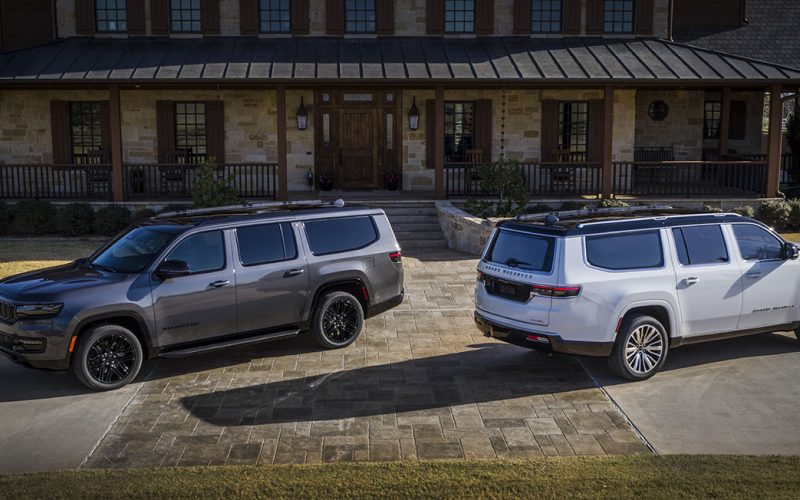
Reading Time: 4 minutesIt was only a matter of time before Jeep gave the extended wheelbase “L” treatment first
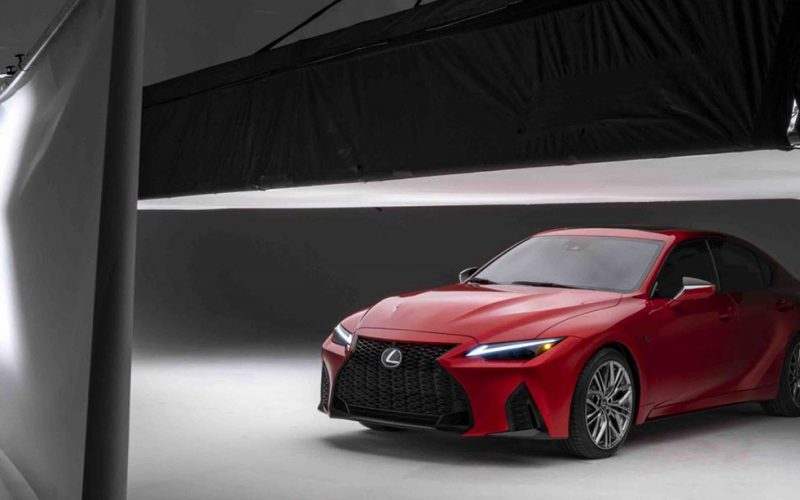
Reading Time: 6 minutesFirst things first, the 2022 IS 500 F Sport Performance isn’t exciting news because of any
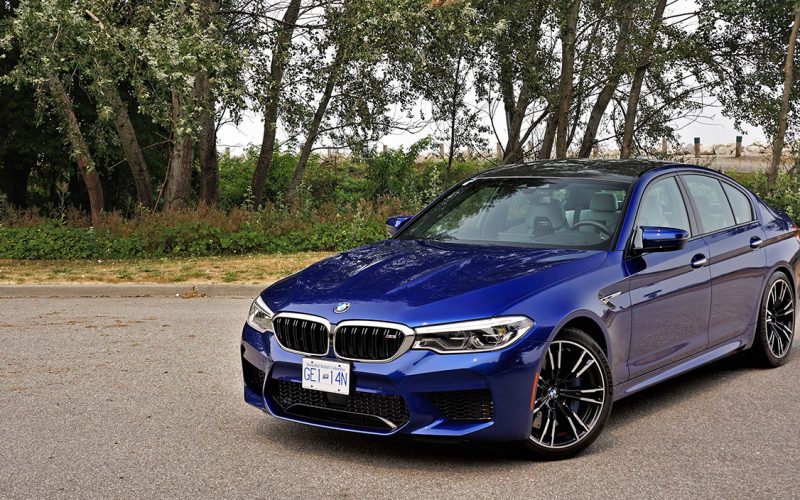
Reading Time: 9 minutesHave you ever wanted something so badly that you fell asleep at night thinking about it
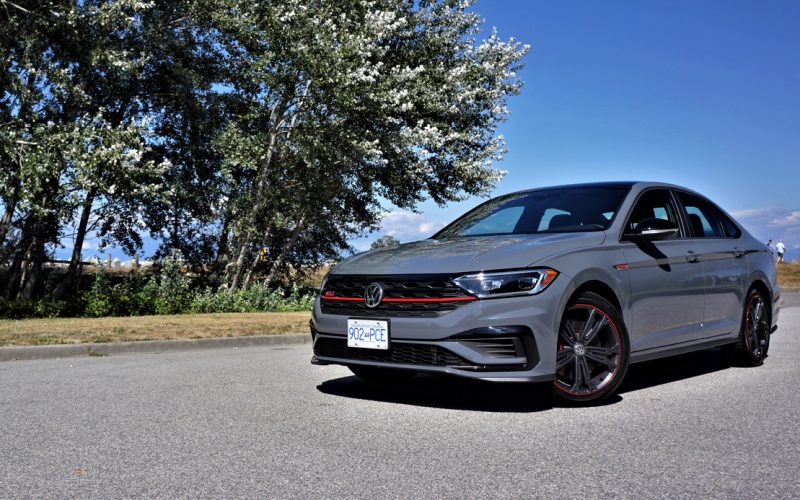
Reading Time: 10 minutesHonestly, other than being rare compared to Honda Civics, Toyota Corollas, Hyundai Elantras and Mazda3s, and
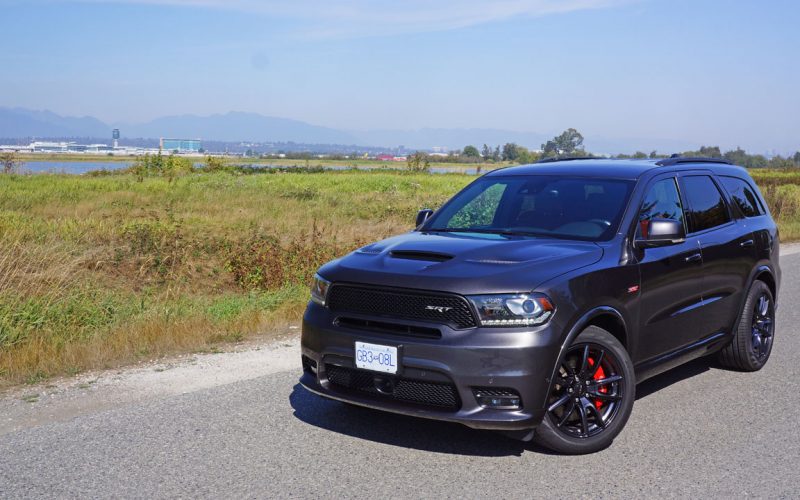
Reading Time: 10 minutesDodge is the Jolt Cola of the auto sector, or for those not old enough to
© 2025 The Car Magazine. All Rights Reserved, Privacy Policy | Terms of Use